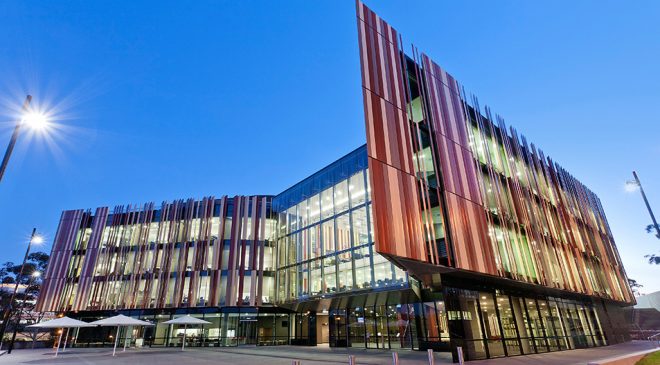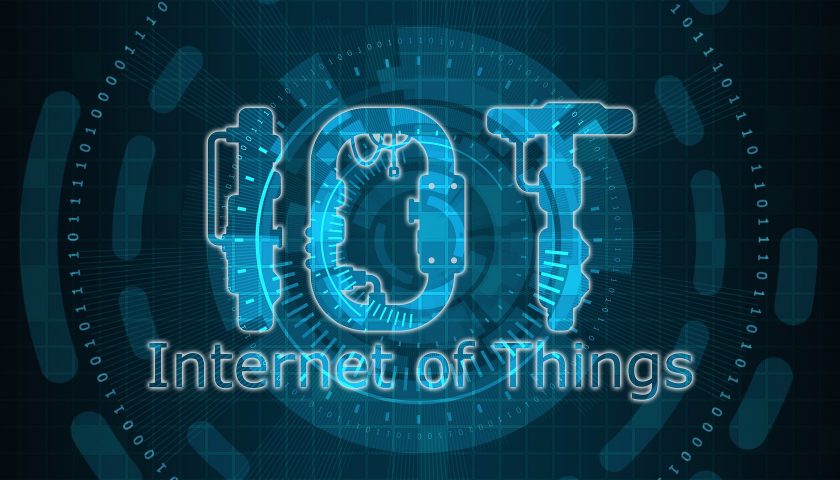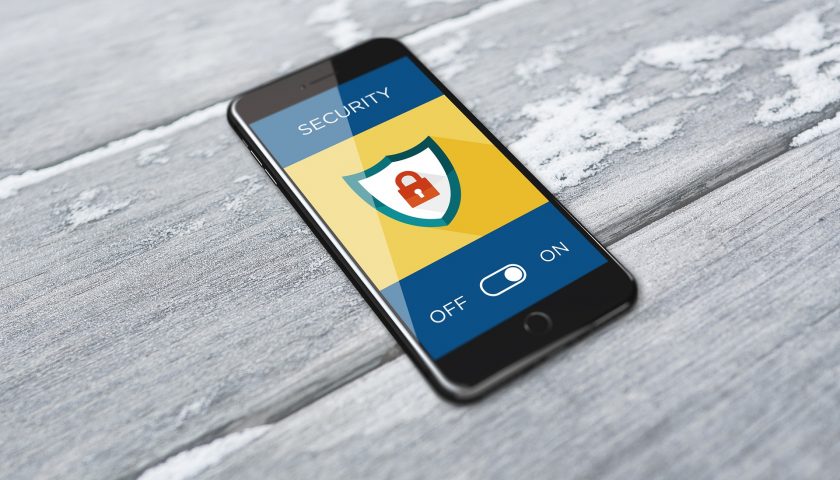
BlackBerry AtHoc Public Safety edition has been given the thumbs up by tertiary education providers like Macquarie University.
As part of its critical event management programs, BlackBerry AtHoc Public Safety edition enables public leaders to disseminate critical information to everyone in an affected area to keep their communities informed and safe.
Located in the bustling heart of Australian State of News South Wales’s Sydney, Macquarie University is an international campus that is effectively the size of a small city.
On its main campus alone, it brings together more than forty thousand students, fve thousand staff, and countless people from the surrounding community.
Onsite facilities are incredibly diverse, including numerous chemical labs and medical research facilities, a gym and pool, a high-tech library, a private teaching hospital, and the global head ofces of several private organisations. Macquarie University faces the same daily risks as any major educational institution.
The university must be prepared to respond in the event of damage to infrastructure, flooding, fires extreme weather, and human threats.
It must also protect itself against cyber-threats with the potential to impact the safety or security of both people and assets. Additionally, Macquarie University is situated on the border of a major shopping precinct, and near several heavy-traffic areas.
Any incidents that occur in those locations have the potential to overflow to the campus. There is also a large area of national park near the campus, and bushfires are a regular concern during summer.
To address these risks, Macquarie University maintains a comprehensive critical incident management plan which prioritises the privacy and safety of every single person associated with the institution.
Effective communication is a cornerstone of this plan, said Grant Sayer, director of Infrastructure and Applications at Macquarie University Central IT Group.
Seven years ago, leadership at the university set out to upgrade its crisis communication platform.
“The safety of staff and students is of the utmost importance,” he said. “Because we’ve got people coming and going on campus, we need to be able to reach them anywhere, and at any time. We can’t know what devices they’re carrying, so we also need to send emergency alerts through multiple channels.”
At the time, alerts were primarily sent via email and radio devices. This system was not feasible for large-scale communication – Macquarie University could not expect staff and students to carry a secondary device for the sole purpose of receiving crisis notifications, nor could it rely on single-channel alerts. There was also the matter of emergency services organisations and other external stakeholders, all of which maintain their own communications infrastructure.
Macquarie University needed to reach these groups while also connecting with its own people on their own devices. More critically, it recognised that the platform it chose to achieve this must be highly intuitive, simple to maintain and operate, and easy to integrate with existing systems and policies.
Operational delays of any kind were unacceptable for the university. Emergencies do not follow a set schedule, so Macquarie University needed a solution that was active and ready to use on a 24/7 basis. The university also sought a platform that aligned with its reputation for prioritising privacy and safety amongst its people.
It needed a solution that could shield against cyber-threats, securely store contact details, and protect both outgoing and incoming messages.
This would allow the university to provide peace of mind for its users and comply with regulations like Europe’s General Data Protection Regulation (GDPR) and Australia’s Notification of Data Breach Policy. After careful evaluation, Macquarie University chose a multimodal cloud deployment of BlackBerry AtHoc.
Macquarie University has integrated BlackBerry AtHoc with both existing social channels and its RSS feed, allowing it to send messages through Twitter, Facebook, desktop notifications, the BlackBerry AtHoc mobile app, text, telephone, and email.
This meshes well with the university’s existing BYOD policy for faculty and staff and means the university can get the word out from a trusted source even amidst network interference.
It also enables Macquarie University to reach the wider community and manage the spread of misinformation through branded messaging.
Students and staff choose how they want to be reached through a self-service portal, indicating what device, channel, or platform works best for them.
This puts the power in the hands of Macquarie University’s people, giving them ownership over their own security and helping them feel that much safer for it.
The university has further enhanced the end-user experience by configuring the platform to use single-sign-on authentication alongside its other services.




